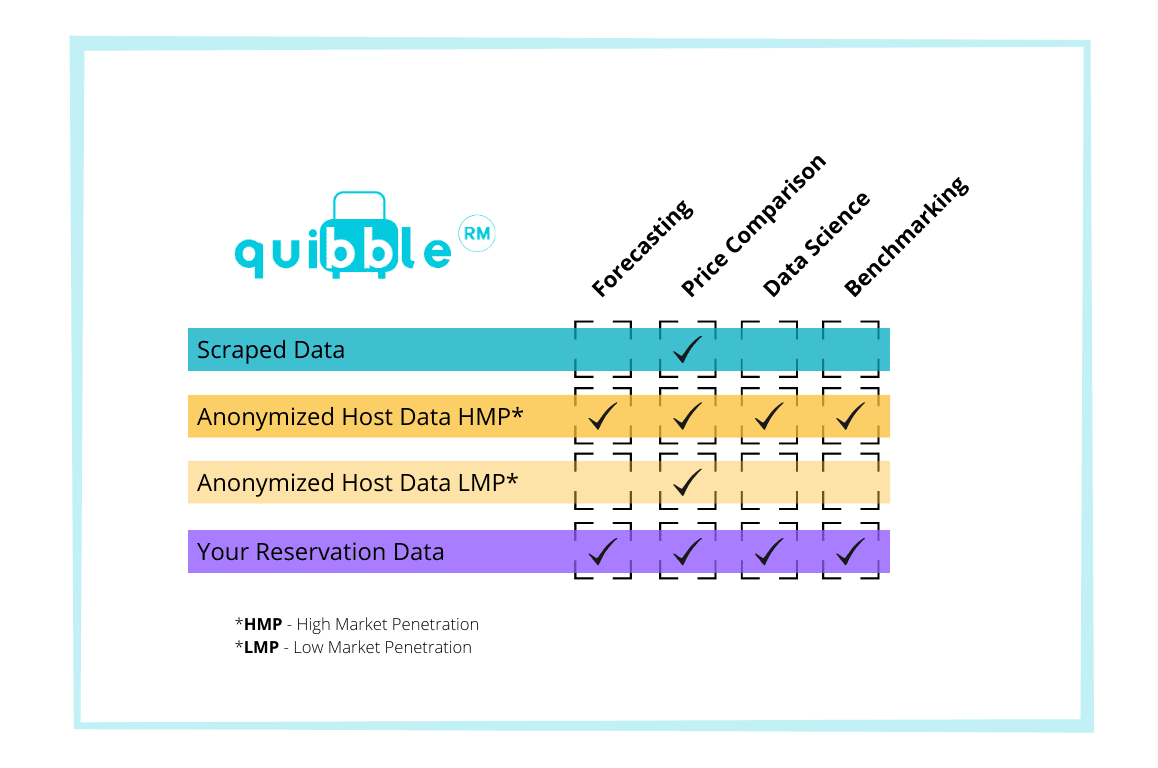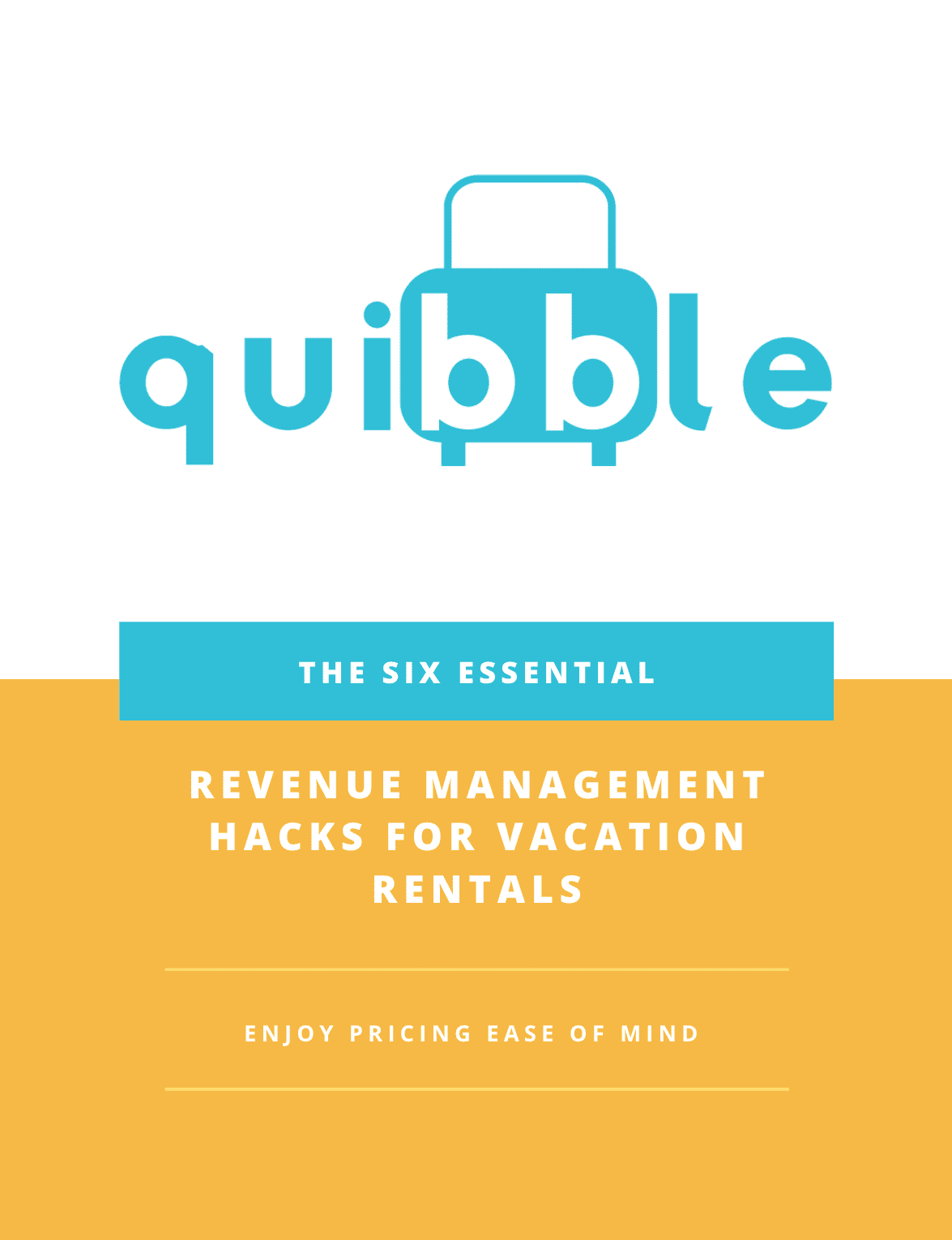In today’s fiercely competitive short-term rental (STR) market, pricing plays a pivotal role in attracting guests and maximizing revenue. One of the biggest challenges is keeping track of your competitors’ pricing strategies and responding to them in real-time. This is where competitor monitoring comes in, and there are a number of data-driven strategies that can help you overcome this challenge. In this blog post, we will explore data-driven strategies to overcome competitor monitoring challenges in STR dynamic pricing.
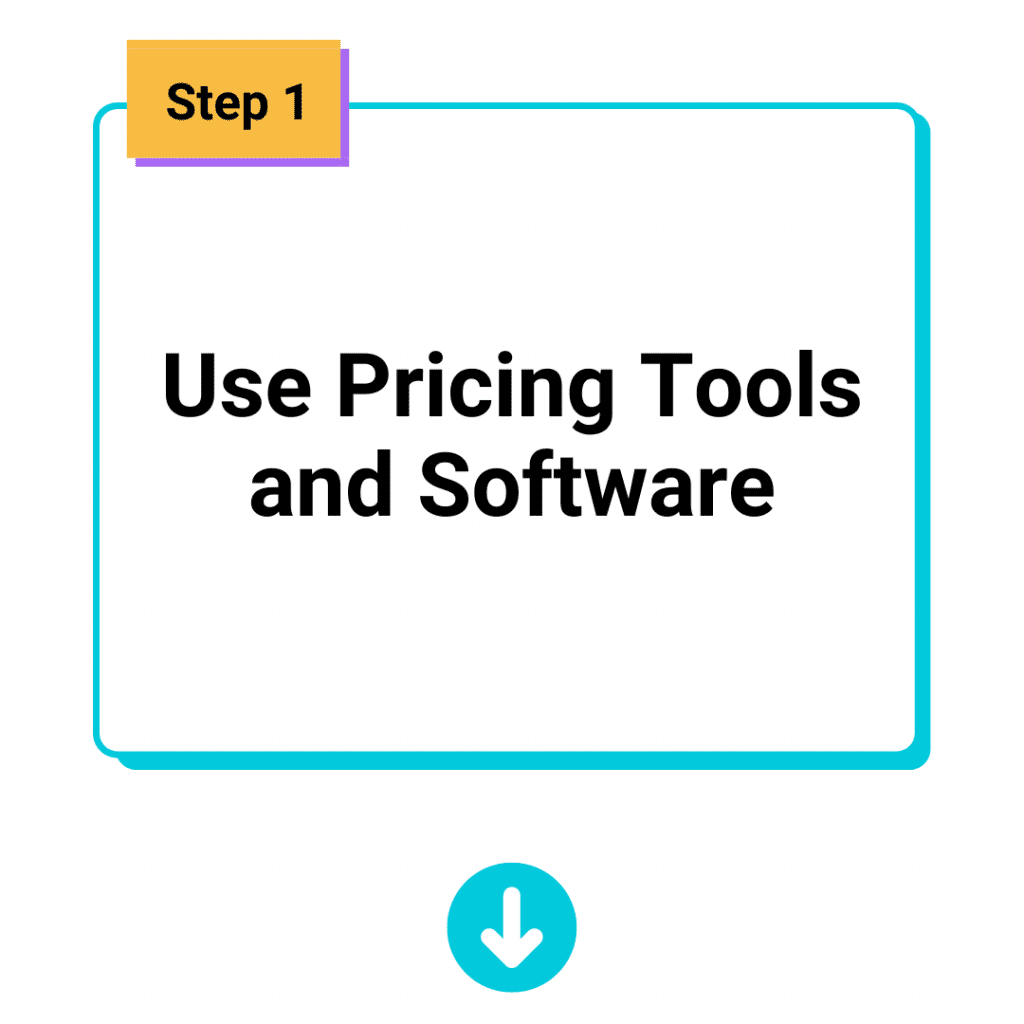
One of the most effective ways to overcome competitor monitoring challenges is to use pricing tools and software. Quibble offers an advanced suite of services that simplifies this process. With Quibble, you can easily track your competitors’ pricing strategies, identify pricing trends, and make data-driven decisions to optimize your own rates. For more information, please visit our website by clicking the button below:
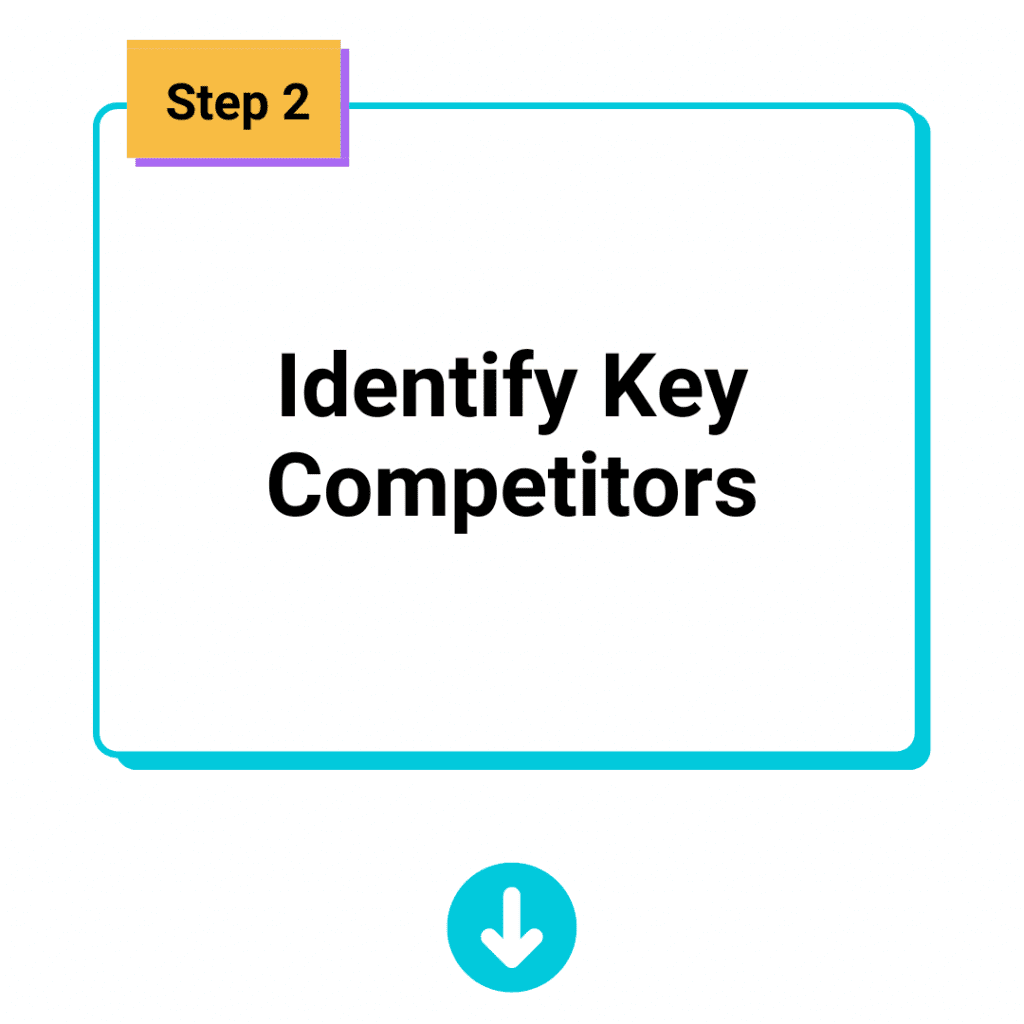
The next step is to identify your key competitors. This can be done by conducting a thorough analysis of your market and identifying the top players in your area. Review their property offerings on major booking platforms like Airbnb, VRBO, Booking.com, etc., and focus on properties that share similar characteristics with yours in terms of size, location, and amenities. Once you have identified your competitors, you can start monitoring their pricing strategies and responding to them in real-time.

To effectively monitor your competitors, it is important to define metrics for comparison. This can include factors such as occupancy rates, average daily rates (ADR), and revenue per available room (RevPAR). By tracking these metrics, you can gain valuable insights into your competitors’ pricing strategies and adjust your own accordingly. You can browse through the different terms and definitions to explore more in-depth the subject at hand here.
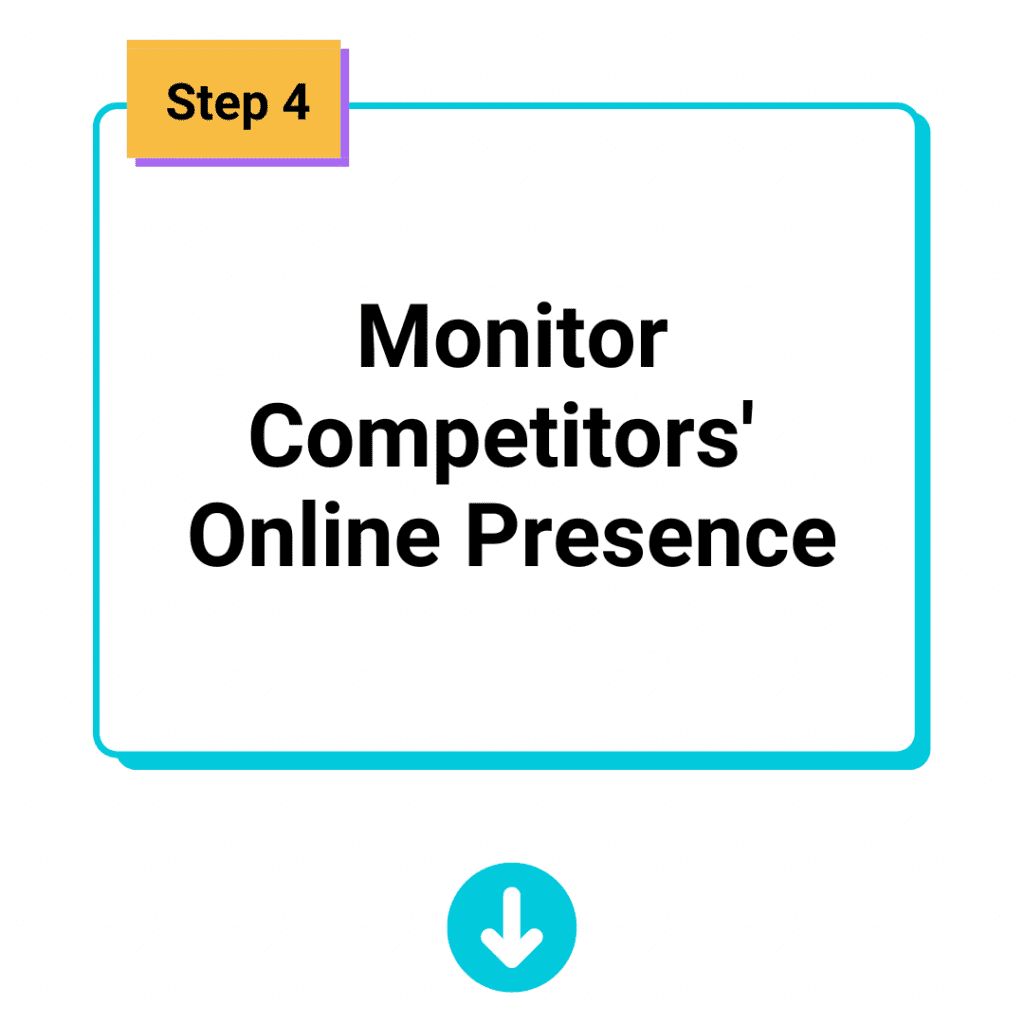
Another important step in competitor monitoring is to monitor your competitors’ online presence. This can include tracking their social media accounts, website traffic, and online reviews. By monitoring these channels, you can gain valuable insights into your competitors’ marketing strategies and promotional activities, you can adjust your own pricing and marketing efforts accordingly.
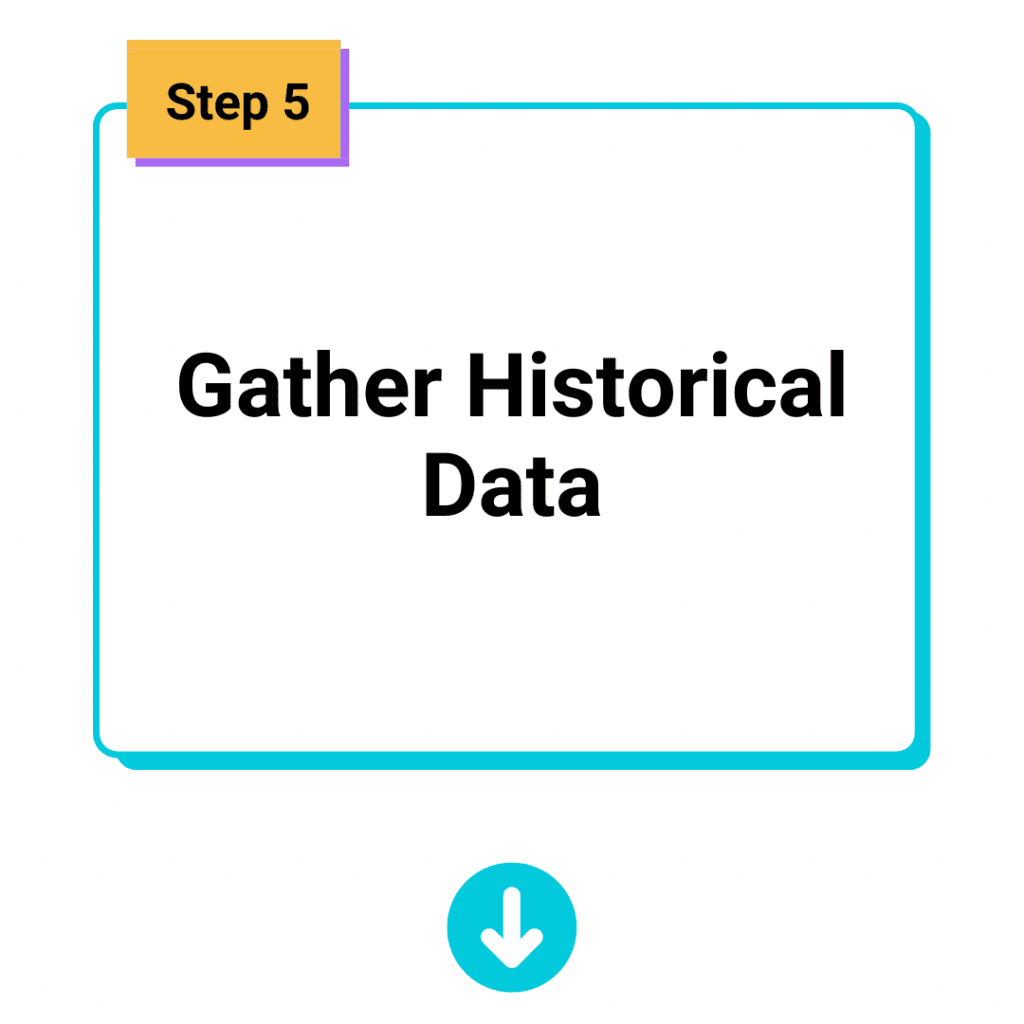
Historical data is a goldmine for data-driven pricing decisions. To gain a more comprehensive understanding of your competitors’ pricing strategies, it is important to gather historical data. This can include data on your competitors’ past pricing strategies, demand patterns, fluctuations, as well as data on market trends and guest booking behavior By analyzing this data, you can make more informed pricing decisions for your STR.
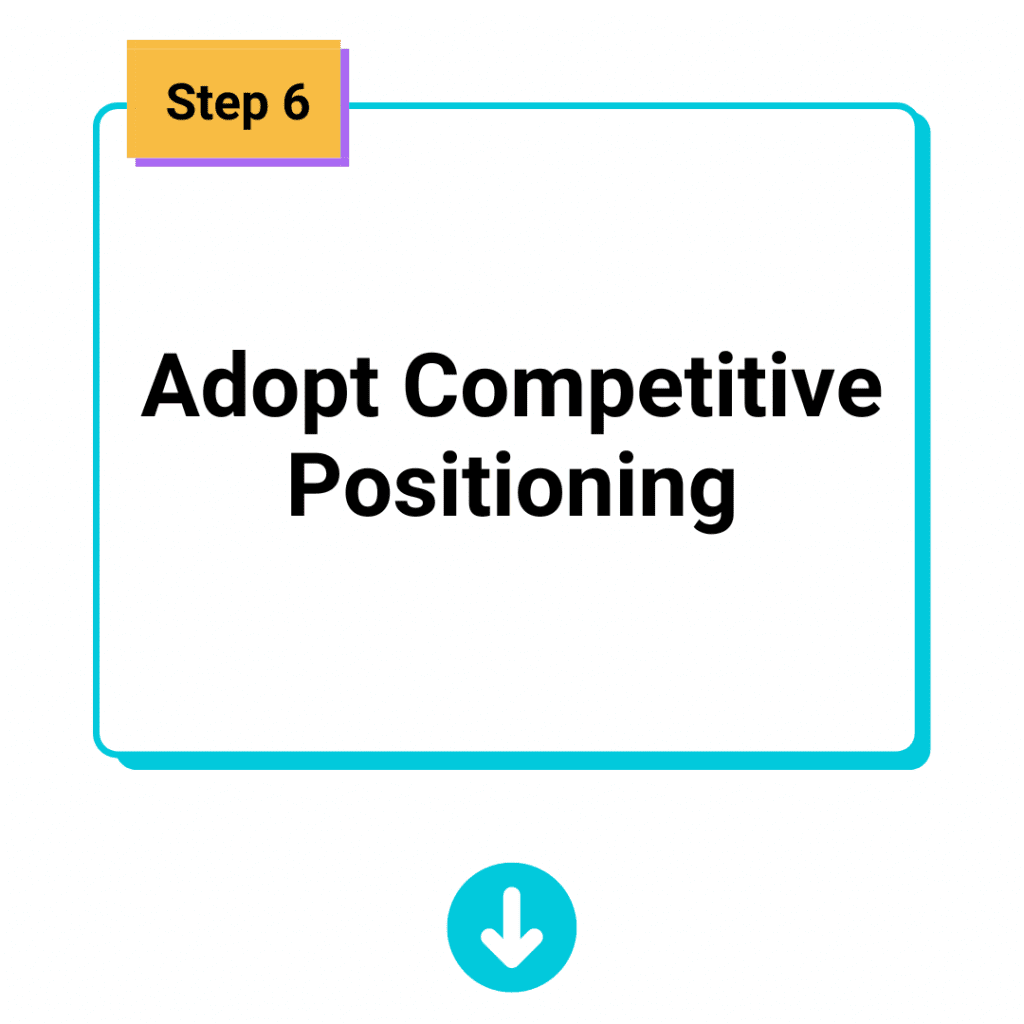
Once you have a thorough understanding of your competitors’ pricing strategies, you can adopt a competitive positioning strategy. Develop a tailored approach to dynamic pricing by considering your property’s unique selling points. Focus on highlighting differentiators, such as location, design, amenities, or services offered. This approach will enable you to target specific customer segments and better align with market trends.

Finally, it is important to be agile and responsive to market changes. Rapid shifts in the STR marketplace require constant vigilance and adaptation. By monitoring market trends and adjusting your pricing strategies accordingly, you can stay ahead of the competition and maximize your revenue.
Leveraging artificial intelligence (AI) can be a game-changer for property managers and STR owners looking to overcome competitor monitoring challenges. Quibble’s AI-powered revenue management platform can help you optimize your pricing strategies and stay ahead of the competition.
💎 Conclusion
Overcoming competitor monitoring challenges in STR dynamic pricing requires a data-driven approach. By following these data-driven competitor monitoring strategies and leveraging the power of AI, property managers and STR owners can stay ahead of the competition and maximize their revenue. With the right tools and strategies in place, you can overcome the challenges of dynamic pricing and remain competitive while maximizing profits.
Remember that competitor monitoring is an ongoing process, and it’s essential to stay proactive, and embrace technology. Let data guide your decisions to achieve long-term success in the competitive landscape of short-term rentals. Leave the intricacies of STR pricing to our team, and focus on what you do best – providing exceptional experiences for your guests and growing your business. Give Quibble a try by signing up below:





